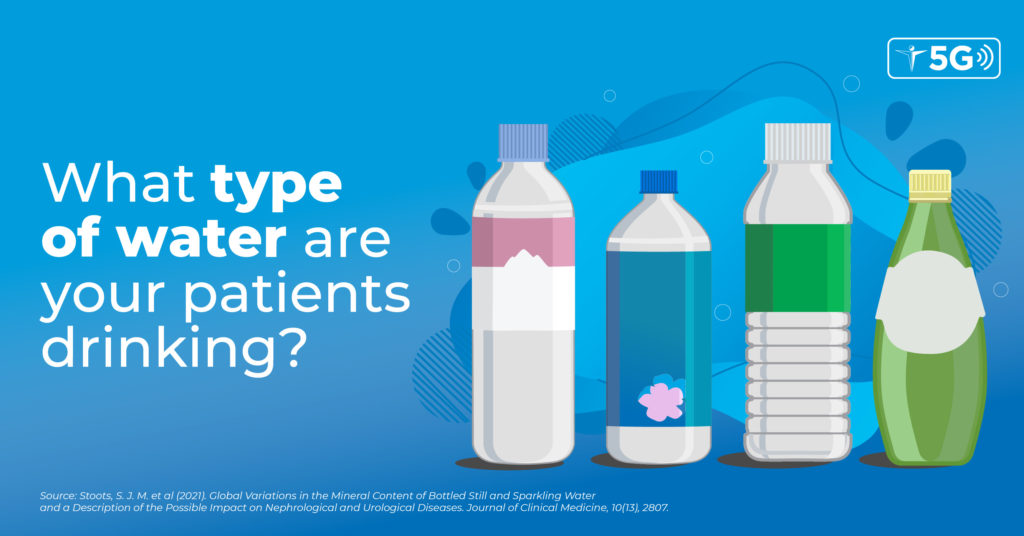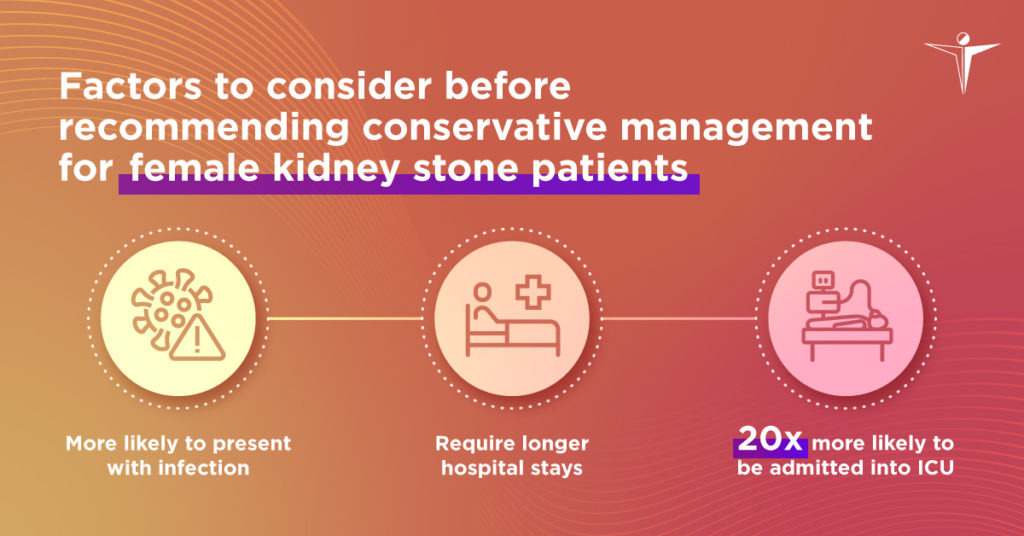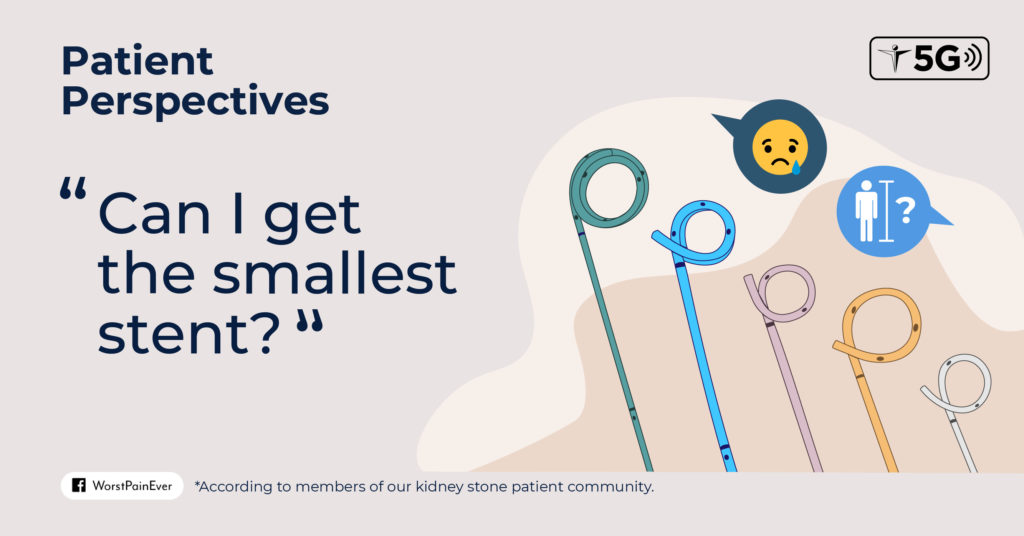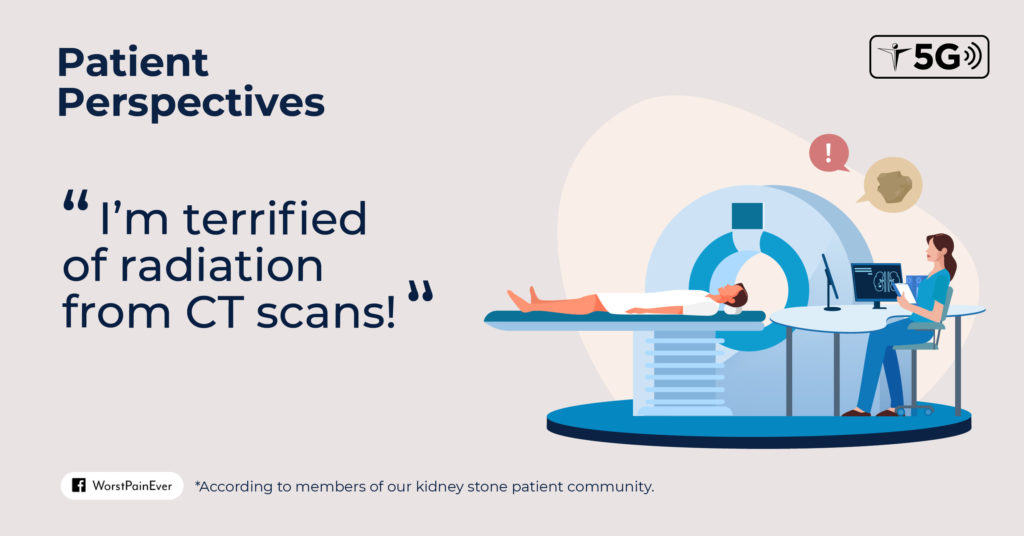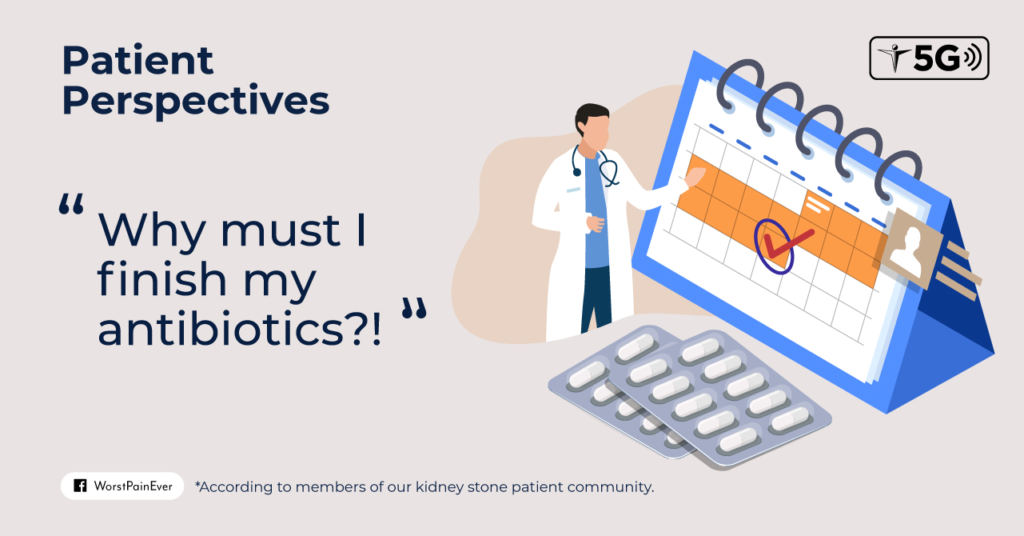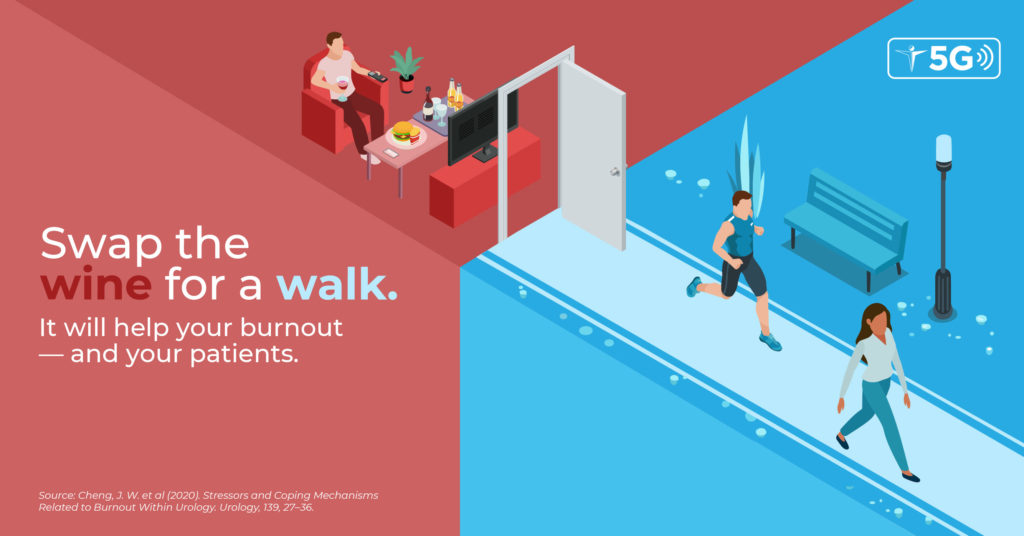Increasing water intake is the most important lifestyle change recommended to kidney stone patients. However, a new study suggests that patients should consider paying attention to the quality of water that they are drinking as well.
Stoots et al. found that some bottled water contain up to 579 mg of calcium per litre. By consuming water with such high calcium content, patients may be at higher risk of forming calcium oxalate stones.
Urologists, advising patients about making the right bottled water choices may help them prevent stone formation.

